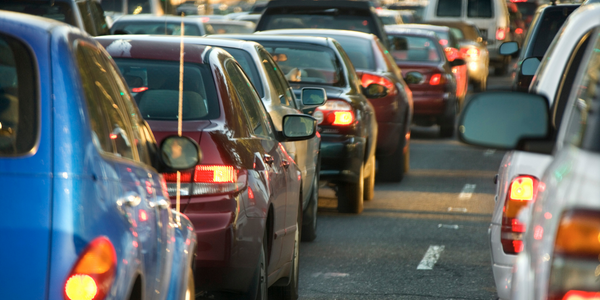Incheon City’s transportation agency needed a traffic management system that could keep traffic moving by identifying areas of congestion and offering alternative routes to drivers. The goal of the system was to reduce the societal costs associated with traffic congestion as well as the pollution caused by vehicle emissions. “Incheon City officials are committed to reducing pollution,” says David Lee, who represents Wavetronix in South Korea. “The catchphrase here is ‘low carbon monoxide and green traffic systems.’”
Incheon City has a population of more than 2.6 million and is home to South Korea’s largest airport and largest western seaport. These factors result in a large and unpredictable stream of traffic on the city’s roadways, and the heavy congestion has led to inefficient roads and high levels of air pollution. Because traffic flow through the city can alternate in unpredictable patterns, traffic engineers need real-time traffic volumes, lane occupancy and per vehicle speeds in order to determine when and where alternative routes should be made available. This detection is required 24 hours a day, seven days a week and must run efficiently with little downtime in order to keep these unpredictable traffic flows moving smoothly. Because the city is often covered in fog, video detection is rendered unusable; inductive loops, while accurate in fog, require extensive and expensive installation and maintenance. This efficiency became especially important as Incheon City prepared to host the 2014 Asian Games, which were expected to cause even more traffic, especially at the airport and on the newly-completed, 13 mile (21 km) Incheon Grand Bridge, which offers another route between Yeonjong Island, where the airport is located, and the mainland.
Read More




